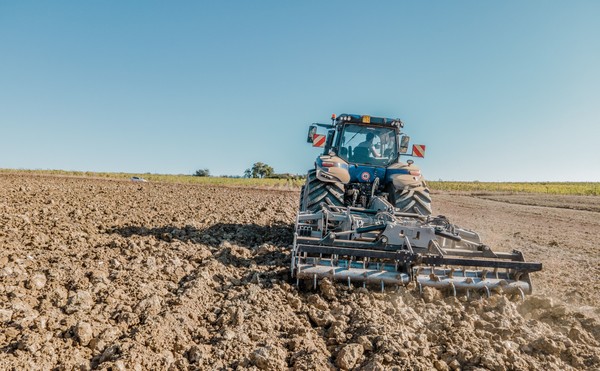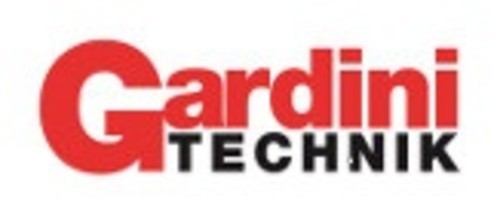
Agrievolution: trends in the main markets
During a press conference held in Hanover on 14 November, Agrievolution presented an analysis of the performance of the main markets. 2023, according to analysts, could close with a slowdown in sales
The performance of the agricultural machinery market in the main reference countries is conditioned by persistent inflationary pressures on raw materials, extreme weather events and, more generally, by a widespread climate of economic uncertainty.
However, there are positive signs, relating in particular to the liveliness of demand for certain types of machinery and to government support programs for the agricultural sector.
This is the scenario outlined at Agritechnica by Ignacio Ruiz, president of Agrievolution, the organization that brings together the main national associations of agricultural machinery manufacturers at a global level.
The last twenty years have been a period of great transformation for the global agro-mechanical sector, driven by the robust growth in commodity trading volumes, which rose from $405 billion to $1.2 trillion.
The two-year period 2022-2023 – it was said at the press conference – was characterized by a much more heterogeneous and jagged trend than 2021, which had recorded conspicuous increases in all the most important global markets. From supply chain disruptions to the raw materials crisis, up to tensions on the geopolitical scenario, in 2022, but especially in 2023, the weight of those disruptive factors that in part still condition the trend of the sector has been felt, albeit with a different prominence and weight depending on the different national contexts.
France keeps running. 2023 should close on a positive note for the French market, which according to Agrievolution estimates, could for the first time exceed 9 billion in value. The growth in France, to which the equipment segment contributed significantly (+23% in the first six months compared to the same period in 2022) – underlines the World Manufacturers' Organization – is due not so much to an expansion in demand, but to the fulfillment of orders that remained in arrears last year. 2024 could therefore mark a slowdown in the sector, given that between January and June 2023 orders fell by 21% and that in August the Axema index (the association of French manufacturers) on business confidence in the sector is at its lowest levels since December 2017.
Turkey: sales and production are growing. Positive figures also for Turkey, which in the first nine months of the year saw an increase in both production (+25% to 69,500 units) and tractor sales (+28% to 57,200 vehicles). Despite this positive trend, the market scenario for the short and medium term appears to be affected by a decline in confidence in government policies and a worsening of the country's overall economic situation (fears of stagflation, low investment support, restrictions on access to credit). Fixed commodity prices, at a still low level, could contribute – according to Agrievolution – to curbing the Turkish agro-mechanical sector.
In Russia, tractors are declining, but combine harvesters are growing. In the first eight months of the year, Russia, which is still under sanctions for the events related to the military aggression against Ukraine, recorded – between the months of January and August – a slight drop in tractor production (-3.5% on the same period of 2022, with 3,870 vehicles) and a significant increase in combine production (+59.1% with 4,766 machines). There was also a minus sign for round balers, which left 7.5% on the ground (1,200 vehicles sold).
Argentina is a market that is struggling to take off. According to analysts, the Argentine market for agricultural technologies has a fair amount of potential for development. In fact, the global association of agricultural machinery manufacturers estimates that in the next five years the sector could grow at an average annual rate of 5.8%, up to a total value of about 1.7 billion dollars (today it is about 1.3 billion).
However, the performance of the sector appears to be conditioned both by environmental climate variables (the drought of 2022, one of the worst ever, worsened macroeconomic fundamentals) and by the overall economic situation of the country, which appears unfavorable, while it is not yet possible to assess the impact that the new political course may have on agriculture and related sectors.
U.S., falling farm incomes curb tractor sales. In the first ten months of the year, tractor registrations in the United States were just over 218,000 units.
The figure shows a decrease of 8.6% compared to the same period of 2022, with a negative balance of over 20 thousand vehicles.
The decline in the market is due in particular to a drop in profitability for agricultural production and, consequently, to a decline in farmers' incomes (-15.9%) and spending power.
Rising costs, falling commodities, stagnant demand are, according to Agrievolution, the main factors that have eroded farm revenues.








